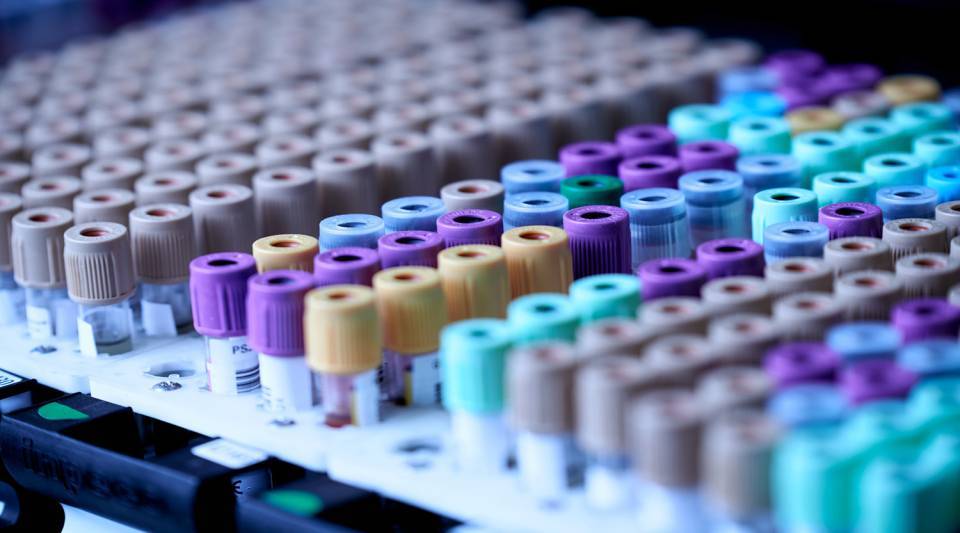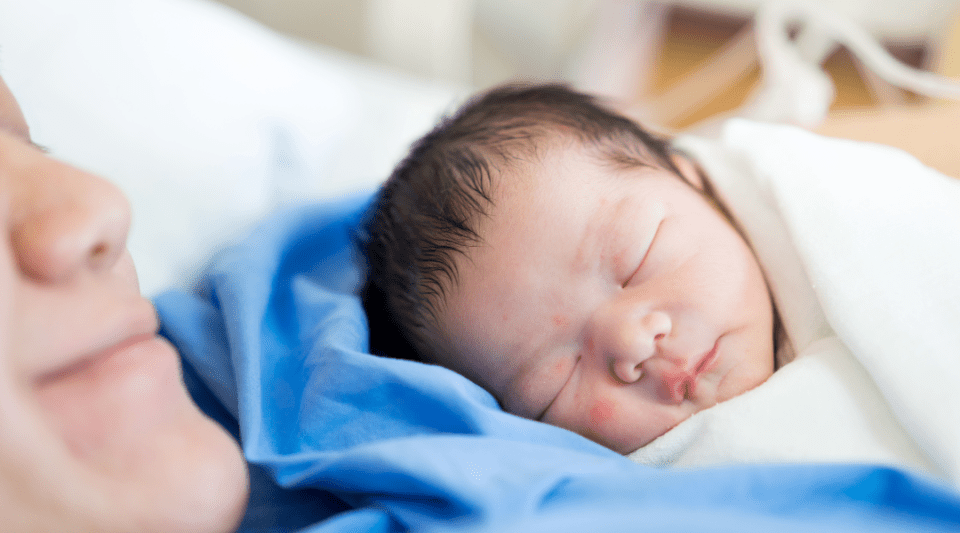A study developed at Hospital Clínic de Barcelona by Dr Aleix Prat and Dr Javier García-Corbacho analysed the genetic profile of 321 cancer patients with solid tumours using a liquid biopsy blood test with Guardant360, which is able to analyse 74 genes using massive sequencing techniques. The study, which began in September last year, established genomic sequencing of these patients' tumours over a period of 18 months. The aim was to select the most suitable therapy according to the evolution of the disease in each individual patient. Samples of lung, pancreatic, colorectal, cholangiocarcinoma, breast, thyroid and salivary gland carcinoma tumours were analysed.
One of the advantages of liquid biopsy is that the results can be obtained in just a few days (9 calendar days), whereas tumour biopsy can take more than a month – too long for many patients, who may be in urgent need of a different therapy depending on the course of their disease. Furthermore, tissue biopsy is very expensive for certain types of cancer, such as lung cancer. Unlike tumour biopsy, which is invasive and potentially painful, liquid biopsy only requires a 20ml blood sample, which is sent to the USA for analysis.
What is a liquid blood biopsy used for?
When a tumour is present, genetic material, proteins and cancer cells are sometimes released into the bloodstream. Nowadays, circulating DNA, tumour cells and other tumour-specific compounds can be detected with just a simple blood sample. Techniques for the detection of circulating DNA and tumour cells need to be ultra-sensitive, as these compounds and cells are found in extremely low quantities in the blood. Circulating cancer cells can establish themselves in other parts of the body, causing metastasis. Detecting the DNA of tumour cells allows us to determine the evolution of the disease and to select specific treatments to treat the tumour.
How is this analysis carried out?
With Guardant360. This is a liquid biopsy test capable of analysing 74 genes using massive sequencing techniques. It identifies mutations, gene copies, the genes involved in the development of solid tumours and hereditary cancers, and microsatellite instability, which are short DNA sequences that do not code any gene, but are genetic markers in some cancers. The study detected genomic alterations in almost 90% of cases, meaning it has very high sensitivity. This opens the door to potential targeted therapy against each type of cancer.
This test must be interpreted in order to select the correct treatment. For this reason, groups of specialists (molecular tumour panels) have recently been created to review each case and issue a joint recommendation. Medical oncology is moving towards personalised prescription of medication, and circulating DNA analysis will undoubtedly be an essential part of consultations in the future. ‘This technique, which allows us to determine the genetic characteristics of the tumour in real time, will undoubtedly increase survival rates for our patients,’ says Dr Javier García-Corbacho.
Documented information by: Dr. Javier García-Corbacho, medical oncologist and coordinator of the Clinical Trials Unit of the Instituto de Hemato-Oncología del Clínic (ICMHO).




